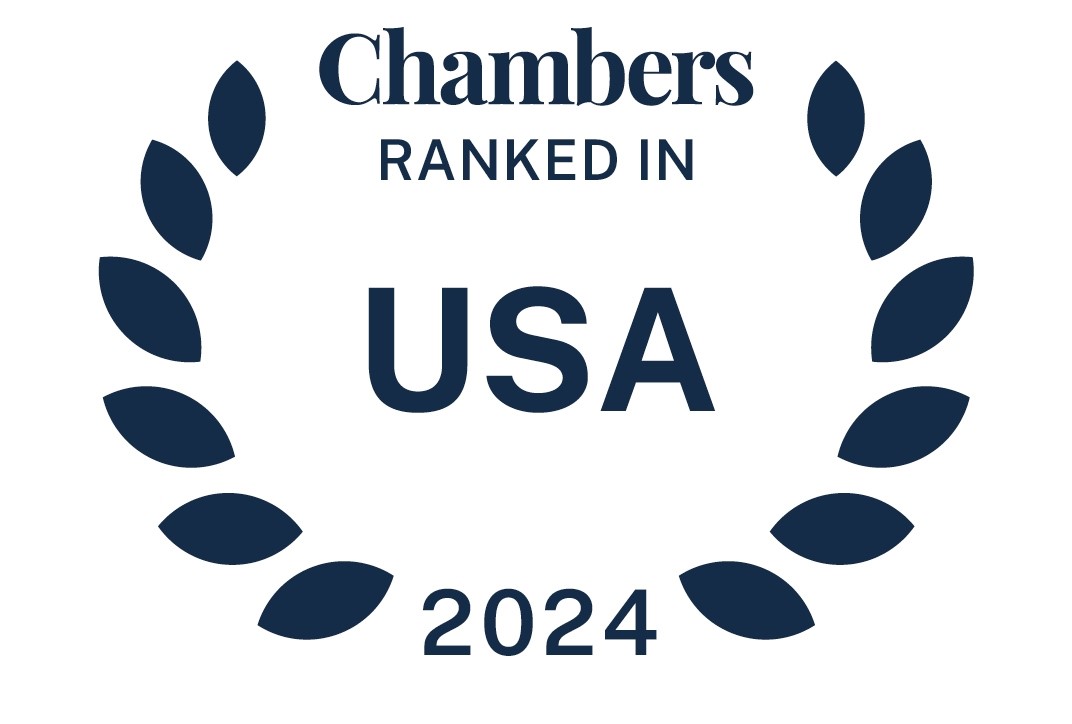The Internal Revenue Service and the Department of Labor relaxed some deadlines for eligible employee benefit plans and expanded the availability of withdrawals and loans for eligible defined contribution plan participants in the disaster area. However, the Pension Benefit Guaranty Corporation announced that some of its required filings will not be extended automatically.
read more


 Subscribe
Subscribe




